Jurassic Coast
The Jurassic Coast is a World Heritage Site on the English Channel coast of southern England. It stretches from Exmouth in East Devon to Studland Bay in Dorset, a distance of about 96 miles (154 km), and was inscribed on the World Heritage List in mid-December 2001.
The site spans 185 million years of geological history, coastal erosion having exposed an almost continuous sequence of rock formation covering the Triassic, Jurassic and Cretaceous periods. At different times, this area has been desert, shallow tropical sea and marsh, and the fossilised remains of the various creatures that lived here have been preserved in the rocks.
Natural features seen on this stretch of coast include arches, pinnacles and stack rocks. In some places the sea has broken through resistant rocks to produce coves with restricted entrances and, in one place, the Isle of Portland is connected to the land by a barrier beach. In some parts of the coast, lan...Read more
The Jurassic Coast is a World Heritage Site on the English Channel coast of southern England. It stretches from Exmouth in East Devon to Studland Bay in Dorset, a distance of about 96 miles (154 km), and was inscribed on the World Heritage List in mid-December 2001.
The site spans 185 million years of geological history, coastal erosion having exposed an almost continuous sequence of rock formation covering the Triassic, Jurassic and Cretaceous periods. At different times, this area has been desert, shallow tropical sea and marsh, and the fossilised remains of the various creatures that lived here have been preserved in the rocks.
Natural features seen on this stretch of coast include arches, pinnacles and stack rocks. In some places the sea has broken through resistant rocks to produce coves with restricted entrances and, in one place, the Isle of Portland is connected to the land by a barrier beach. In some parts of the coast, landslides are common. These have exposed a wide range of fossils, the different rock types each having its own typical fauna and flora, thus providing evidence of how animals and plants evolved in this region.
The area around Lulworth Cove contains a fossil forest, and 71 different rock strata have been identified at Lyme Regis, each with its own species of ammonite. The fossil collector Mary Anning lived here and her major discoveries of marine reptiles and other fossils were made at a time when the study of palaeontology was just starting to develop. The Charmouth Heritage Coast Centre provides information on the heritage coast, and the whole length of the site can be visited via the South West Coast Path.
At the end of the 18th century Georges Cuvier showed that some fossil animals resembled no living ones, thus demonstrating that animals could become extinct; this led to the emergence of palaeontology, the study of fossils.[1] The coasts of eastern Devon and western Dorset were rich in fossil beds, but before this time the fossils had merely been gathered as a pastime or collected by local residents and sold to visitors as curios.
Mary Anning (1799–1847) lived in Lyme Regis and followed in her father's footsteps as a collector. She became an expert on the fossils to be found in the Blue Lias around the town and discovered the first complete Ichthyosaur skeleton at The Spittles. Other important discoveries of ichthyosaurs, plesiosaurs and a pterosaur followed, as well as invertebrates such as cephalopods and their ink sacs.[2]
During World War II several sections of the Jurassic Coast became the property of the Ministry of War. One of the Royal Navy's largest bases was at Portland Harbour, though it has since closed. A major army base at Bovington remains in use today. Large areas of land, including the coast between Lulworth Cove and Kimmeridge, are still only partially accessible; this includes the ghost village of Tyneham which was evacuated after being requisitioned by the army in 1943.[3]
Areas of the coast near Exmouth, The Fleet Lagoon at Weymouth and the beaches at Studland have also been used for military training but have since been returned to civilian use.
Parts of the coast, especially around Portland, can be dangerous, and shipwrecks have been a feature of the coast. In January 2007 the coast experienced its most environmentally damaging wreck when the MSC Napoli, a 2,400 capacity container ship, was beached at Branscombe near Sidmouth, losing oil and cargo.[4]


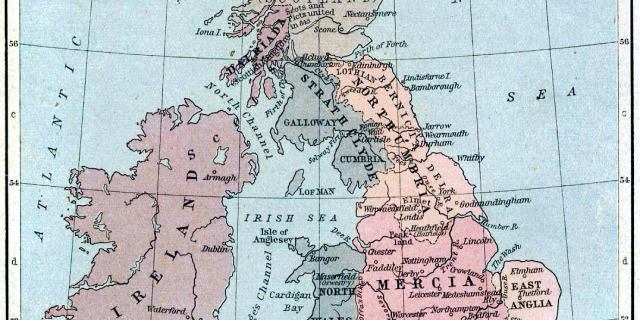

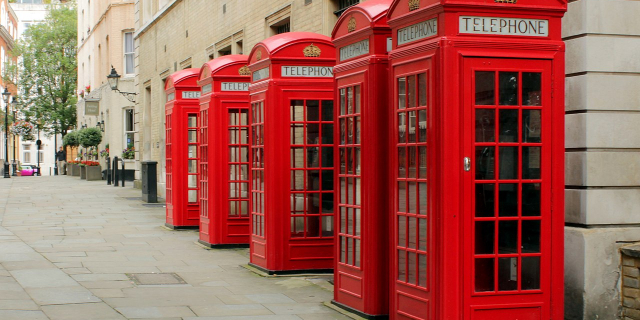











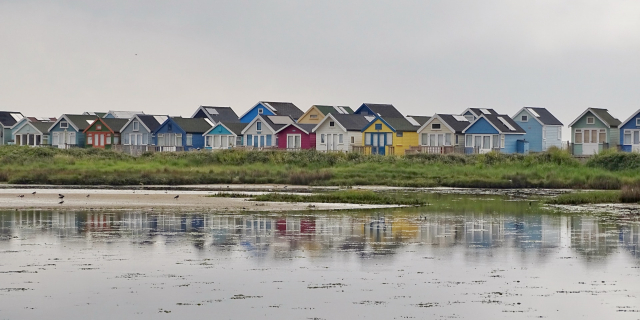



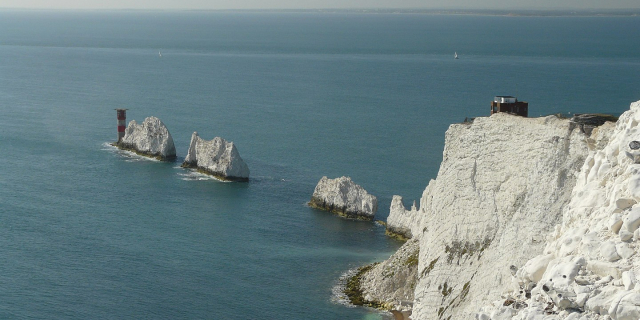
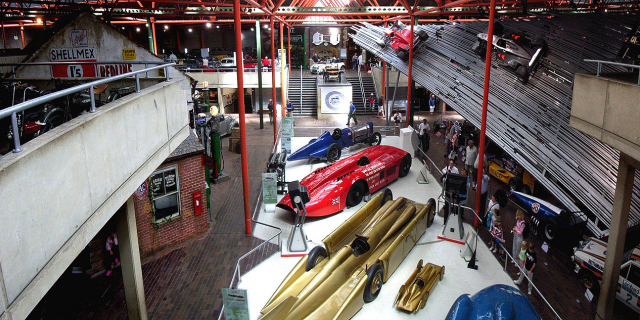

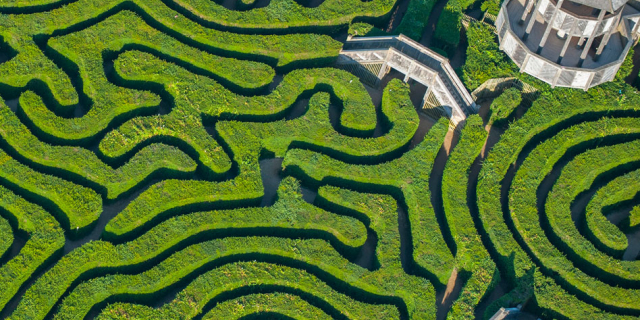





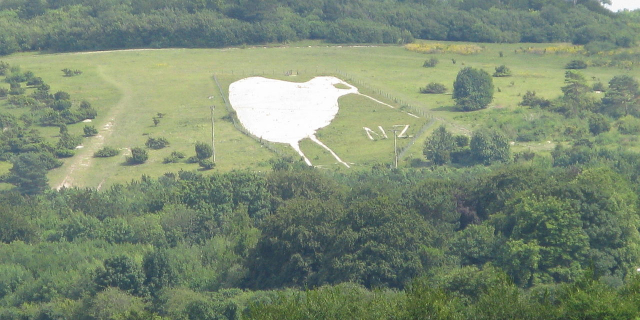
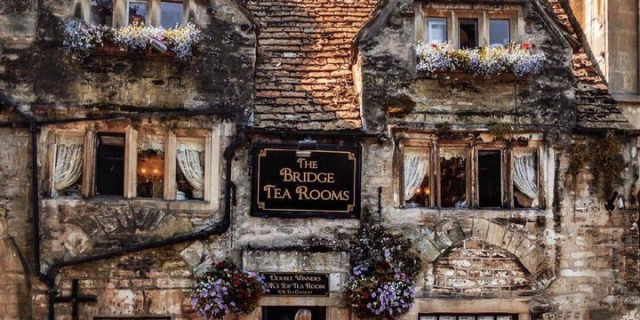




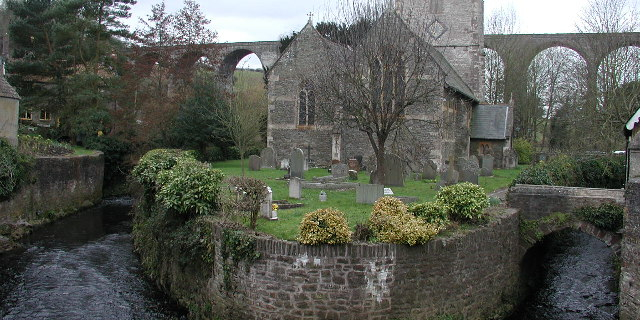

Add new comment